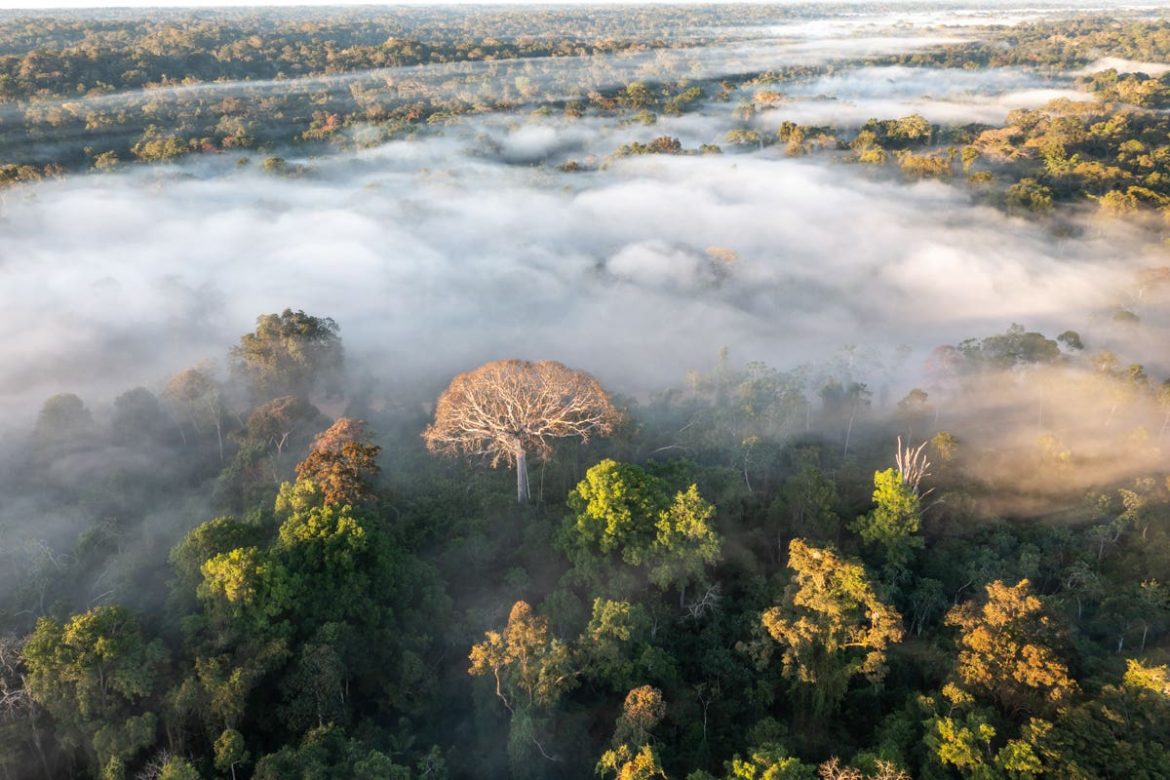A new study conducted by scientists have warned that up to half of the Amazon rainforest could hit a tipping point by 2050 as a result of water stress, land clearance and climate disruption.
It estimated that by 2050, 10% to 47% of Amazonian forests would be exposed to compounding disturbances that might trigger unexpected ecosystem-wide transitions and have an adverse knock-on effect for regional climate change.
The study, which is said to be the most comprehensive to date in its analysis of the compounding impacts of local human activity and the global climate crisis, warned that the forest had already passed a safe boundary and urged remedial action to restore degraded areas and improve the resilience of the ecosystem.
Bernardo Flores of the Federal University of Santa Catarina, Brazil, who was the lead author of the study, said that he was surprised by the results, which projected a potential shift from slow to rapid forest decline earlier than he had expected.
The forest was already becoming weaker and more homogenous, he said. “By 2050, it will accelerate rapidly. We need to respond now. Once we pass the tipping point, we will lose control of how the system will behave.”
Read also: Study shows nearly 15% of Americans don’t believe climate change is real
This, according to him, requires international action because even a local halt to deforestation would not prevent collapse without a global reduction in the CO2 emissions that are disrupting the climate.
According to reports, Amazonian forests have withstood climatic variability for 65 million years but the region is now exposed to unprecedented stress from drought, heat, fire and land clearance, which are penetrating even the deep central areas of the biome. This is altering the functioning of the forest, which in many areas is producing less rain than before, and turning a carbon sink into a carbon emitter.
Concerns about an Amazon tipping point have been discussed for the past two decades, with previous models suggesting this could come when 20% to 25% of the forest is cleared. The new study, published in Nature on Wednesday, went further in its complexity, analysing evidence for five drivers of water stress and identifying critical thresholds that, if crossed, could trigger local, regional or even biome-wide forest collapse.
Story was adapted from the Guardian.
